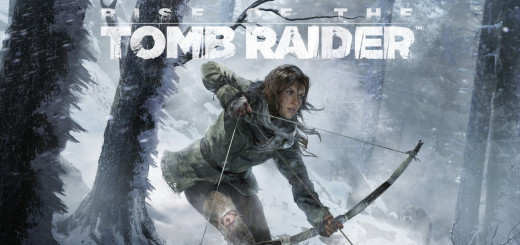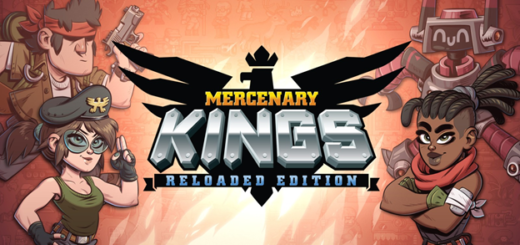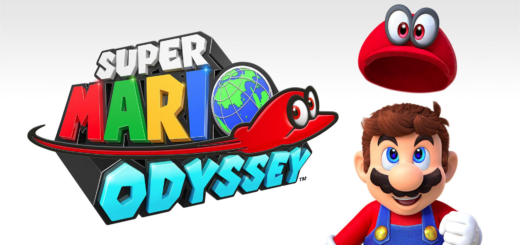HEADLANDER Review
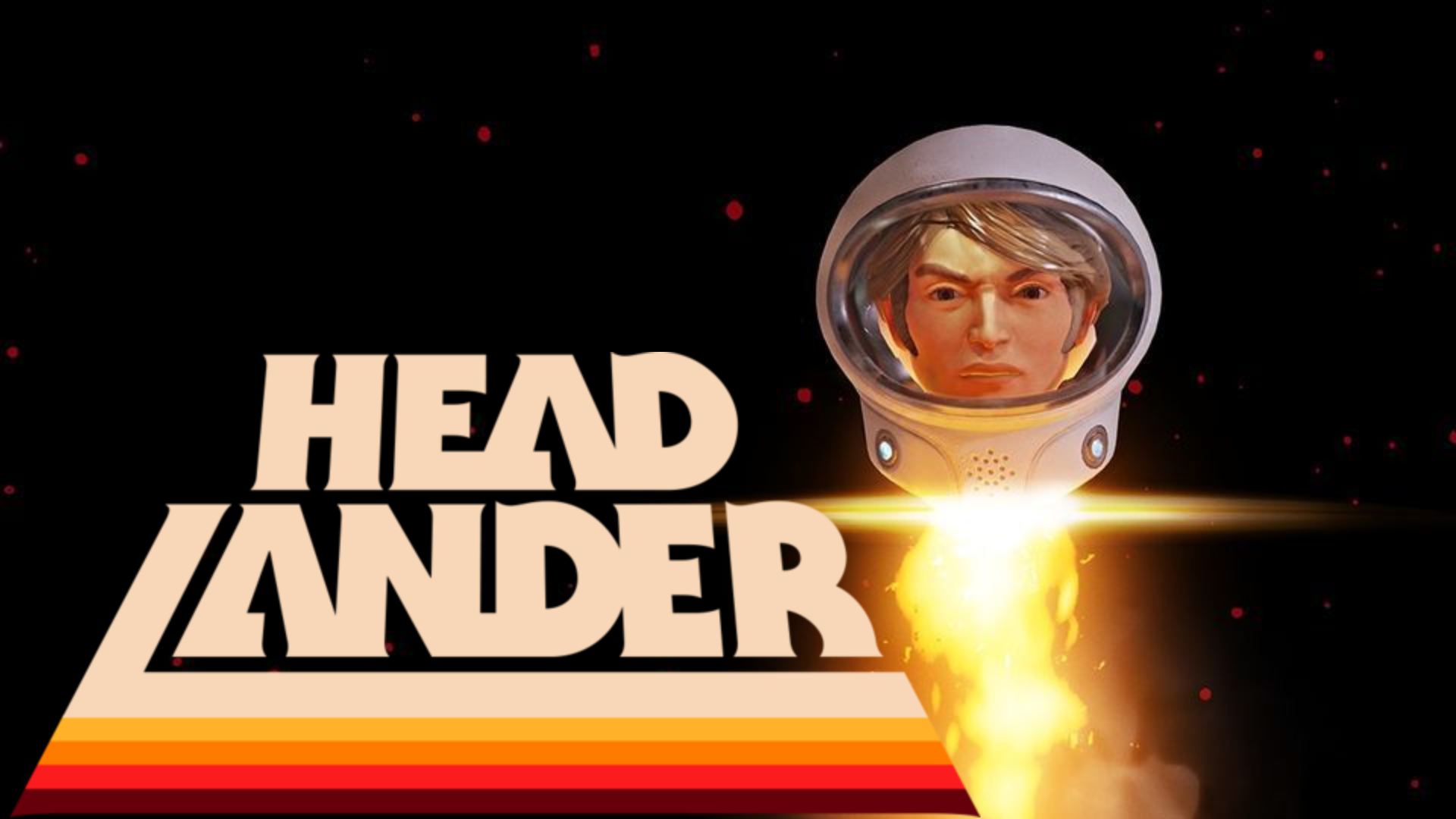
Adult Swim Games has a fine history as a publisher. Similar to the television channel’s knack for shining a spotlight on up and coming talent, their interactive division has curated some rather experimental gems that would have difficulty finding funding from other publishers. Double Fine Productions, on the other hand, has a checkered past. On one hand, the studio is responsible for classics like PSYCHONAUTS and BRUTAL LEGEND. Lately, however, faith in the company has turned to scorn after the botched, crowdfunded release of BROKEN AGE. Double Fine has a lot to make up for, so was Adult Swim in the right for giving the studio another chance with HEADLANDER?
HEADLANDER sports a scenario with the level of camp and charm that you’d come to expect from Double Fine. In the far flung, 1970s-inspired future, Earth has become inhospitable from nuclear warfare. To continue thriving, humanity has shed its organic frames for the eternal life offered by robot bodies. Unfortunately, this new artificial human race has become pacified by a manipulative AI called Methuselah, and opponents of the program’s rule are stuffed into roombas and forced into eternal enslavement.
Thanks to a chance recovery from cryogenic storage, you are the last flesh and blood human left in the galaxy, and only you can lead the resistance to victory against the machine regime. There’s just one problem: Only your head has been thawed. Trapped in an astronaut helmet, you can’t even talk (thanks to your missing lungs), let alone save the human race. But once you acquire your trusty vacuum sucker, you are able to pull the noggins off of Methuselah’s goons and replace them with yours, giving you the means to wage war against the big bad.
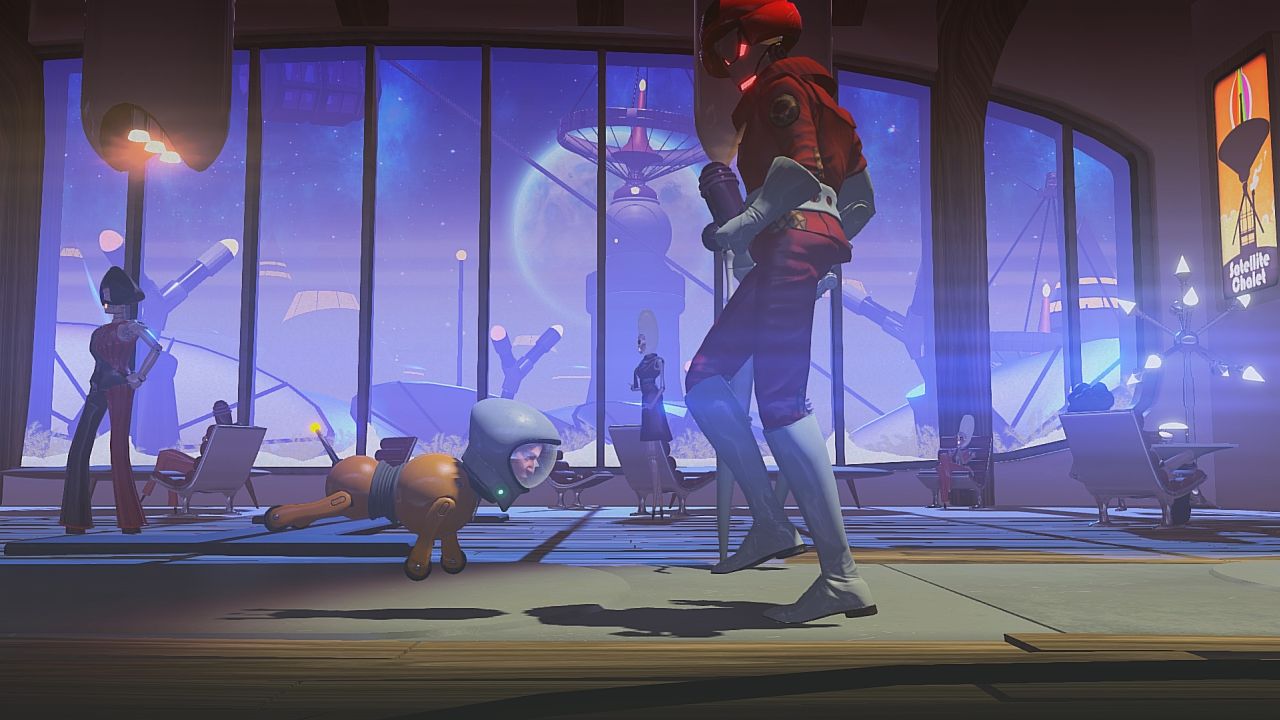
Waging war
HEADLANDER appears to be standard Metroidvania fare at first glance. You’re placed in an open space station that is divided by various environmental hazards, and only by upgrading your helmet are you able to explore the entirety of the map. Special attacks and passive stat boosts are earned with experience, and key traversal abilities are acquired at set points to advance the plot. The difference with HEADLANDER is that tools required for minute-to-minute features (blasting enemies, opening doors) are limited-use items, rather than permanent upgrades. By hijacking bigger, badder bots, your Headlander can gain better guns or elevated security clearance.
While HEADLANDER is far from the first game to include enemy possession as a feature, the applications for the feature are what set it apart here. Enemies can only be “Headlanded” if decapitated while still alive, so careful headshots are necessary to avoid scrapping the entire robot. Levels are often designed so that weaker bots with higher clearance need to be jockeyed back through a gauntlet of lasers to unlock secure areas. With hero abilities scaling up and down depending on the type of body they currently require, HEADLANDER is constantly able to keep the player on their toes with new scenarios, and it does this without simply upping the enemy count.
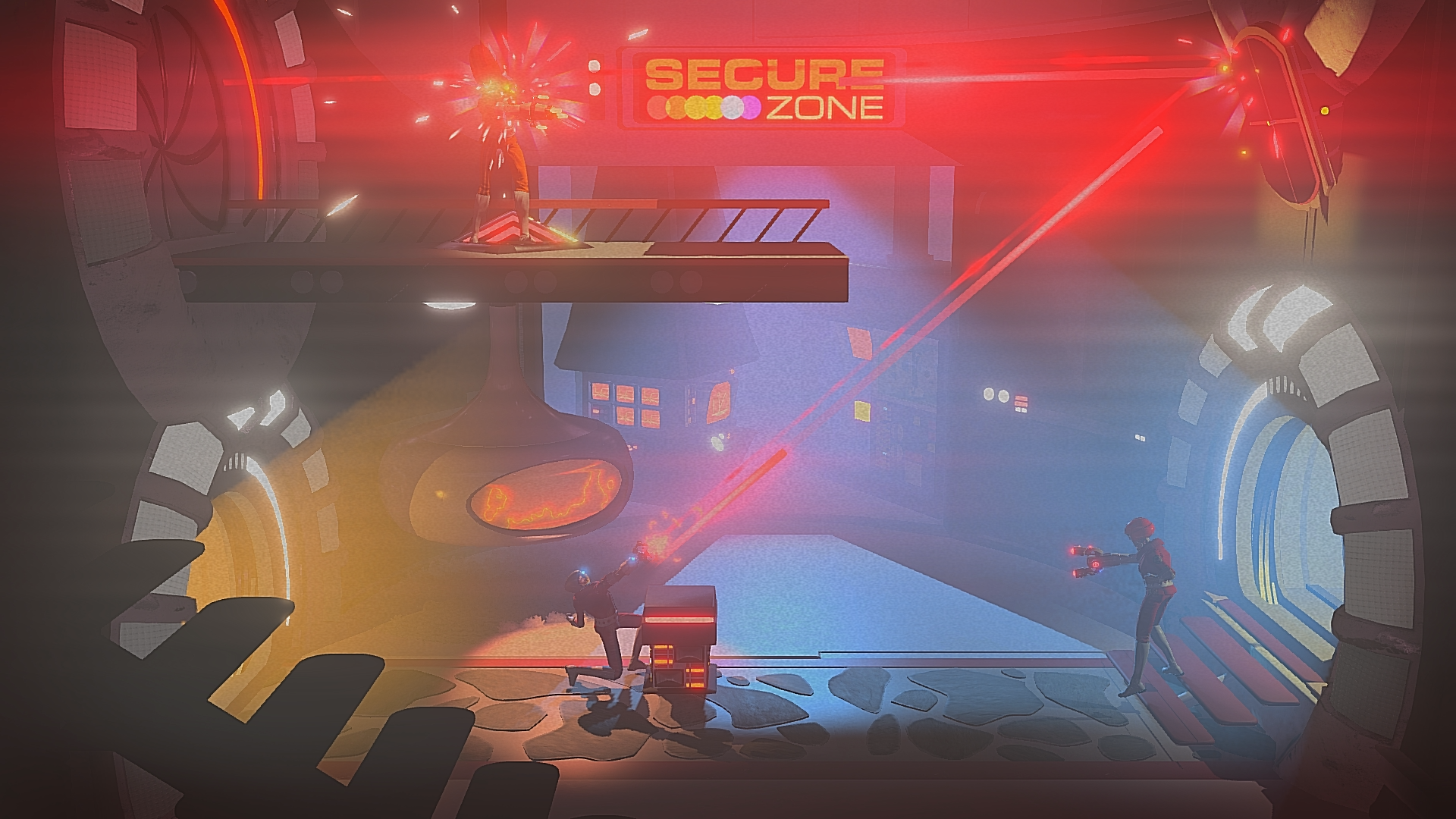
Disco was pretty crazy, right?
It’s frustrating, then, that HEADLANDER doesn’t get to do much with this versatile format. The game is incredibly short, clocking in at a scant eight hours to beat (10 if you’re a completionist), which is drops in the ocean for what a Metroidvania game should be. Just when the story begins to build steam, you are whisked away to an endgame area with a practically maxed-out helmet. Robot variety isn’t what it could’ve been for a game of this type, and half of these models feel like they were placed there for window dressing, rather than compelling gameplay. HEADLANDER tries to buy time with a handful of sidequests, but this padding is so thin that you’ll have completed them all before your realize it.
Another major contributor to HEADLANDER’s brevity is the general lack of difficulty. Enemy lasers are powerful, sure, and there are plenty of instadeath traps lying about. But a dead body means little when your head can simply eject and steal another chassis from an unending stream of bots. Your Headlander will eventually gain the power to supercharge lasers, slow time, or literally become invincible, but these abilities all feel superfluous by the time you unlock them, thanks to a combination of accumulated stat boosts and a plethora of strong enemies to headland onto.
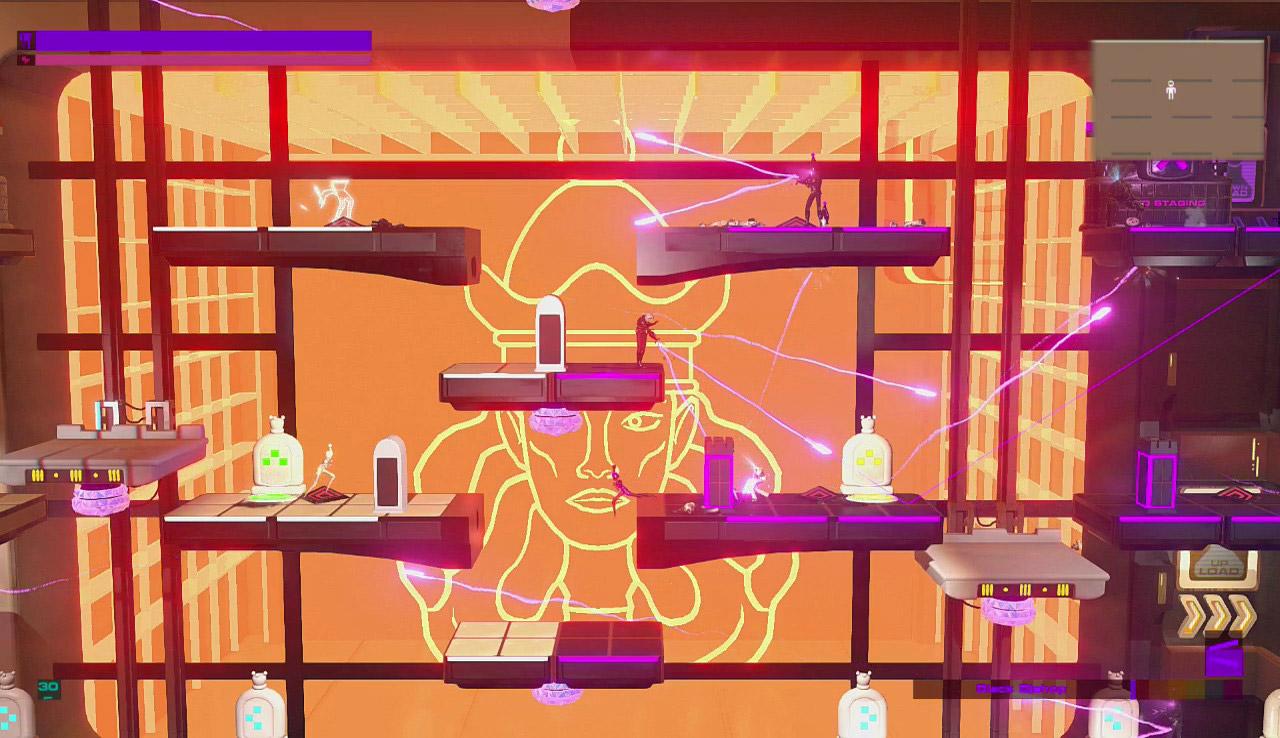
As with weddings and quinceañeras, chess is made better with guns
All that being said, HEADLANDER remains a joy to play. The retro 70s aesthetic is rarely touched in a medium fixated on 50s and 80s throwbacks, and it combines all the best parts of THE JETSONS, 2001: A SPACE ODYSSEY, and even a trace of ZARDOZ for good measure. Double Fine’s trademark humor is present, lending the goofy premise an appropriately laid back feel. HEADLANDER stays groovy in motion, too, with barely any slowdown despite the hundreds of snazzy laser trails and explosions that can fill the air at any one time.
Even with its shortcomings, HEADLANDER is a hard game to hate. The clever premise and kitschy look are held back from their full potential by a brief campaign, but it’s impossible to deny that the content that’s present is executed to perfection. If anything, HEADLANDER is a great gateway title to the Metroidvania genre, and is proof that Double Fine is on track to getting their mojo back.
Verdict: Recommend
Reviewed on PlayStation 4, also available on PC

